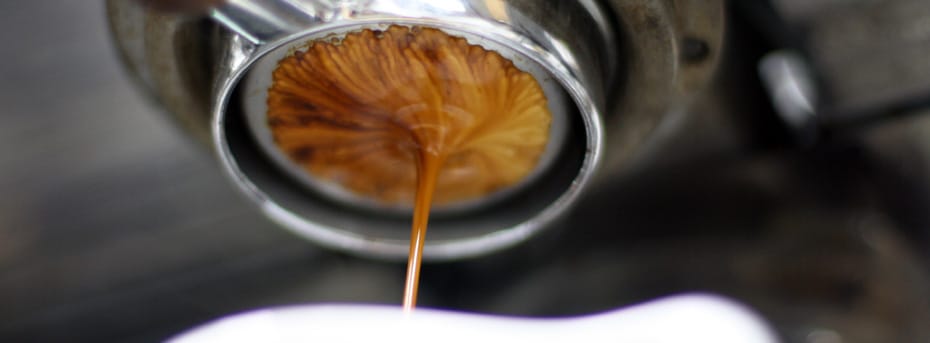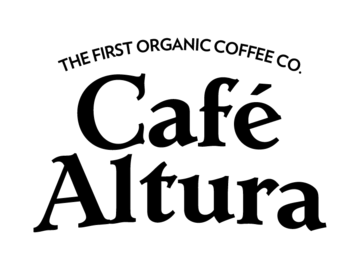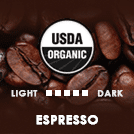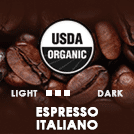
All About Espresso
There was once a time when espresso was the preferred drink of mustache sporters and your friend who talked too much about their semester abroad. Though it may have since been usurped in the zeitgeist by cold brew and pour overs, espresso remains a deliciously versatile drink on its own or as the building block of cappuccinos, macchiatos, lattes, and countless other variants.
Despite its versatility and wide-spread popularity, it’s often associated as being a more pretentious and less accessible form of coffee. For that reason the general public is sadly lacking in knowledge of the drink and there are many common misconceptions.
A prime example is how people will often conflate the “espresso roast” beans they see in the store with the drink itself.
While you may see “espresso roast” coffee beans when out shopping for, this doesn’t mean that the resulting cup is automatically espresso. Espresso is a method of brewing, not a style of bean. An espresso roast typically connotes that the bean is a dark roast, with a flavor profile that is less acidic and fuller bodied. All this means is that the coffee lends itself well to espresso-style brewing by being less prone to becoming bitter due to over-extraction.
That being said, espresso is nothing to be put off by and learning just a little bit about it will help you appreciate the role it plays all the more.
So what really makes espresso so different and versatile from any other style of coffee? It’s the brewing method. The brewing method, not anything to do with the type or roasting of the beans, is what actually defines espresso coffee.
The espresso brewing process is one of the building blocks of coffee as espresso is the core element for lattes, cappuccinos, macchiatos, and countless other variants.
A unique extraction method requires unique tools and brewing espresso used to be reserved for professional shops and those with a sizeable budget for kitchen appliances. Times have changed, however, and nowadays you can make a fantastic espresso with easy to use equipment costing little as $30-$50 all the way up to, well, however much you want to spend.
To brew a shot of espresso it can be easier to start with your favorite dark roast to give yourself the best chance at a delicious final product. Beans should then be ground fine and uniformly as possible. The pressure and speed with which espresso coffee is brewed means that a coarser grind simply wouldn’t have enough time to be adequately extracted. Unevenly ground beans will create points of least resistance for the water, meaning the water will seep through those beans, again under extracting the remaining coffee and leading to a weaker flavor profile.
The margin for error with espresso is much smaller than with other forms of coffee brewing and subsequently a greater degree of precision is called for. Espressos are made from a combination of three main variables–coffee to water ratio, brew temperature, and brew time. The standard ratio is to start with half as much coffee by weight as you end up with in the final drink. Usually this means 18 grams of finely ground beans for a 36 gram shot. Brew temperature can vary, but is generally keep around 200ºF and the best baristas will ensure the brew time stays within 25 to 35 seconds. Too short a time and the drink will be weak and watery, too long and it risks becoming bitter and over caffeinated.
There are differences in technique for different kinds of beans as well. Lighter roasts call for higher brewing temperatures and a coffee to water ratio which more heavily favors water. For dark roast the opposite is true.
One distinctive feature of espresso is the layer of lighter-brown froth resting on top of the coffee. That layer of foam is called “crema” and is the result of the oils being forced out of the grounds during the high-pressure extraction process. The oils then bind with some of the plant carbohydrates from the bean and the resulting crema is formed.
It’s often thought that espresso has a particularly high caffeine content due to its more intense flavor profile, and that isn’t entirely accurate. A shot of espresso actually has less total caffeine than your typical brewed coffee. That being said, the caffeine it does have is far more concentrated than regular drip coffee and you can easily get yourself into a bit of an uncomfortable buzz if you have more than a couple.
So there you go, a brief overview of just about everything you might want to know about espresso and some common misconceptions. Oh, and one last thing, there’s no “x” sound in “espresso.” Just a personal pet peeve.


